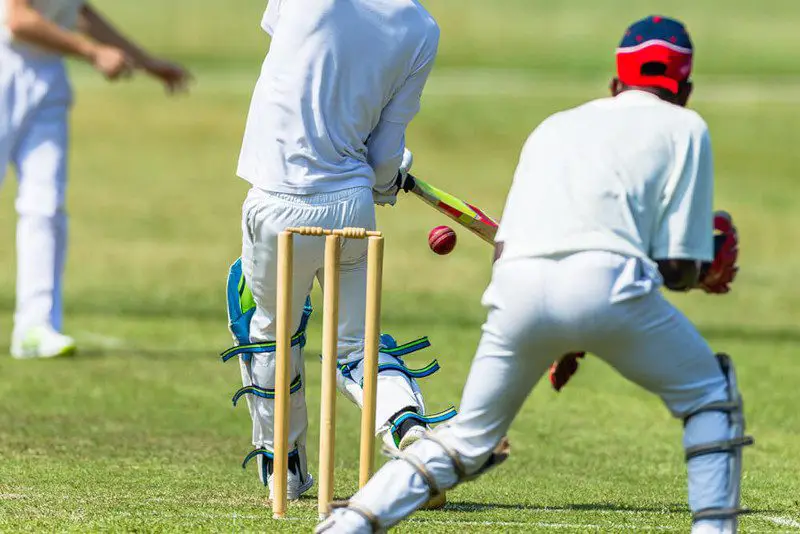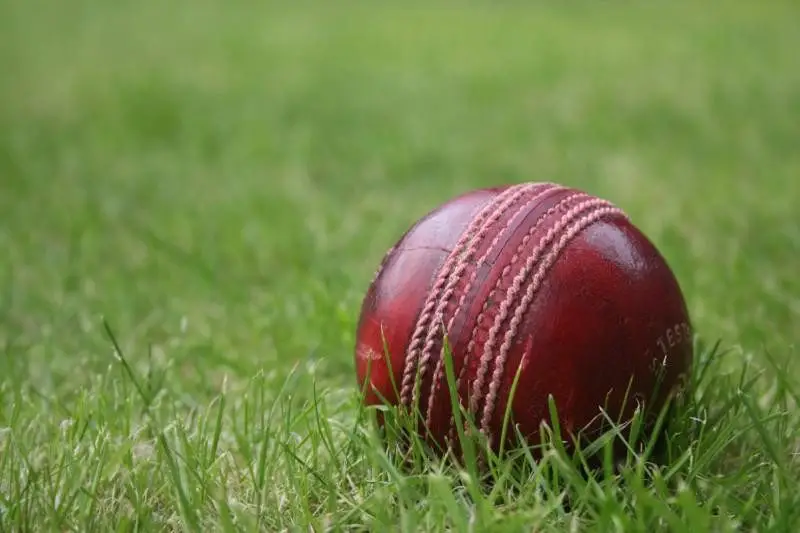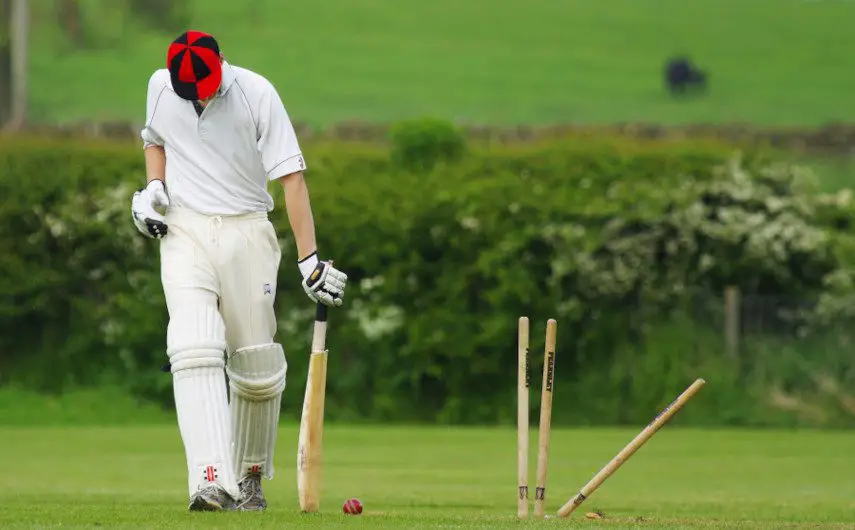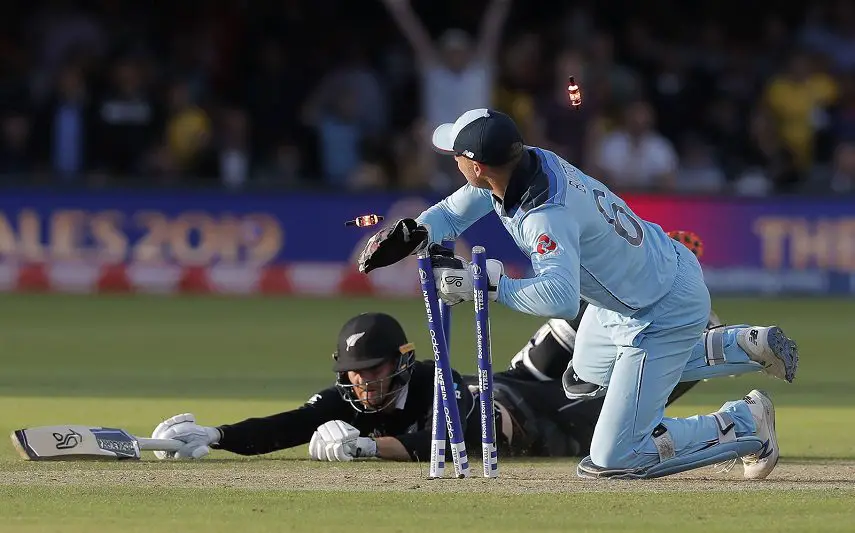Table of Contents
Powerplay in cricket is a significant factor in deciding the match result, at least in limited overs cricket. This is a period in the match where the fielding team is put under certain restrictions. A secondary Powerplay is traditionally taken by the batting side but it can, in certain circumstances, be taken by the fielding team instead.
As cricket continues to evolve, there have been certain rule tweaks to powerplays but the basic principles always remain the same: Fielding restrictions are put in place and it’s a time when the batting team can subsequently take advantage.
What is the Purpose of Powerplay in Cricket?
Powerplay in cricket is a pre-determined number of overs where fielding restrictions are applied. The term is only used in limited overs cricket and we can see a powerplay in place for both the 50 Over and T20 versions of the game. As yet, the first class game is untouched by this rule and that’s unlikely to change in the near future.
Certain powerplay rule amendments have been made in competitions around the world but, as a general law, a powerplay will apply for the first 6 overs of each innings in a T20 match. In a One Day International and a domestic 50 over game, the powerplay will last for the first 10 overs of each innings.
Powerplay Rules in 2025
Powerplay rules have changed a number of times in recent years but this is the current picture in 2025:
One Day Internationals and 50 Over Cricket
The initial Powerplay runs for the first 10 overs and, during this period of the game, the fielding side are only allowed to have a maximum of two fielders placed outside of the 30 yard circle.
Twenty20 and T20 Internationals
In T20 cricket, the mandatory powerplay is in place for the first six overs of each innings. Once again, only two fielders are allowed outside of the 30 yard fielding circle.
Powerplay Rule Changes Over History
Domestic limited overs matches began in the 1960s while the first ever one day international was contested by Australia and England in 1971. In those early days, the laws mirrored those of first class cricket and there were no fielding restrictions in place. Therefore, if the team batting second started to fall behind the run rate, the bowling team could place all of it’s men on the boundary if it wished.
With one side gaining an unfair advantage, the game’s governing body decided that a change to the laws was necessary. A Powerplay wasn’t immediately introduced at this time but at all stages of the game there were certain field restrictions in place on the number of fielders at catching positions.
Up to the 2005 season, those fielding restrictions dictated that a maximum of two fielders were allowed outside of a 30 yard fielding circle for the first 15 overs. In 2005, that rule was changed and the term ‘powerplay’ was used for the very first time.

The 30 yard circle remained in place and this plays an important role in the rulings. At this sort of distance, fielders are only really saving the single and anything that goes behind them could reach the boundary if there isn’t a covering player in position.
The circle is marked by white circular discs, five yards apart so it’s easy to spot. If, however, the fielding side transgresses any of the fielding regulations, a no ball will be called.
Back to 2005 and the existing fielding regulations were dispensed with in favour of laws that were split into three blocks. For the first ten overs, just two fielders were allowed outside of that fielding circle and, in addition, two of those fielders had to be placed in what was referred to as catching positions.
Catching positions are relatively close in, excluding the wicket keeper so we’re talking about a slip or maybe a short leg.
That first powerplay came to a close at the end of the tenth over and it would be followed by a second phase lasting five overs. During this stage, the fielding side could have up to three fielders outside of the 30 yard circle while there were no requirements to have any close catchers.
The third block of five overs used exactly the same rules as the second. Three fielders were allowed outside of the circle and there were no powerplay rules in relation to the close catchers.
From 2005, the bowling team were able to select when one of those second phases took place. Following on, in 2008, the first rule change in terms of powerplays allowed the batting side to decide when to take another block of five overs with those fielding restrictions in operation. This is called the batting powerplay, about which we will talk in more detail.
This change to the rules remained in place for some time although it eventually proved to be a little too complex. It was subsequently decided by the governing bodies that the current powerplay rules should be brought in.
In T20 cricket, little has changed since the format was first played at a professional level in 2003. There is that twist in the Big Bash but, in T20 Internationals, the initial field restrictions are only in place for the first six overs.
Batting Powerplay
The laws of cricket are evolving all the time, including those that specifically relate to powerplays. As such, the rules attached to this phenomenon can be flexible at times. We’ve already seen that a batting powerplay was introduced in 2008 and it’s recently resurfaced.
For example, while all competitions have a fixed powerplay in position at the start of the game, there are certain options later on. In the 2020/21 season of the Big Bash T20 tournament in Australia, there was a fixed powerplay in place for the first four overs of each innings.
Once the four overs had been completed, the batting team could then opt to take a two-over batting powerplay at any stage in their innings. This is known as the batting powerplay and, while the Big Bash League gives us a good example as to how it works, it has been used in other competitions.
Bowling Powerplay
The balance of limited overs cricket is tipped in favour of the batsmen but it is also possible to see a bowling powerplay take place. This has, as we have seen, been employed in the past and was part of the initial powerplay laws that were implemented in 2005.
Bowling powerplay would work in a similar fashion as the batting powerplay with a fixed number of overs providing the standard powerplay at the start of each innings. Subsequently, the fielding side could then elect to take a ‘bowling powerplay’ at a later stage of the match.
What does P1, P2 and P3 Mean?
While a powerplay is generally referred to as the opening phase of an innings, there can be up to three parts to the structure. In one day, 50 over cricket, the fielding restrictions change at three different stages of the innings as follows:
- Overs 1-10 – no more than two fielders are allowed outside of the 30 yard circle
- Overs 11-40 – a maximum of four fielders are allowed outside of the 30 yard circle
- Overs 41-50 – a maximum of five fielders are now allowed outside of the 30 yard circle

These three stages are sometimes referred to as P1, P2 and P3 – Powerplay 1, Powerplay 2 and Powerplay 3.
The Newest Format
In 2021, a new form of cricket will be trialled in England, known as The Hundred. As the name suggests, this format will consist of 100 deliveries in total and will be divided into two innings of 50 balls each.
It’s a curious format and one that needs an innovative powerplay to support it. Therefore, for the first edition, only two fielders will be allowed outside of the fielding circle for the first 25 balls of the innings. Half of each innings will, therefore, be played under regular powerplay laws.
Conclusion
While limited overs cricket is sometimes criticised for being weighted too heavily in favour of batting teams, a powerplay is absolutely necessary.
Those who can remember the days before fielding restrictions will recall that games could often be dull affairs with the bowling team placing all their men in deep positions towards the boundary.
Issues can arise when the powerplay laws are not standardized around the world. In Australia for example, they have that rule in T20 cricket where the batting team can take a two-over Powerplay at any stage of the innings.
The Powerplay rule was actually well received and it made both the batting team and the bowling team think more carefully about their next moves late in the innings. The rule hasn’t been adopted in other countries as yet but its success in the Big Bash means we may well see it come in.
It’s important to avoid confusion: the thrilling new formats of Limited Overs cricket brings a whole new audience into the game but those spectators need to understand exactly what’s going on in front of them. As long as the powerplay rules are clearly defined for that audience ahead of the game, powerplays give new momentum to limited overs cricket and keep it entertaining.


